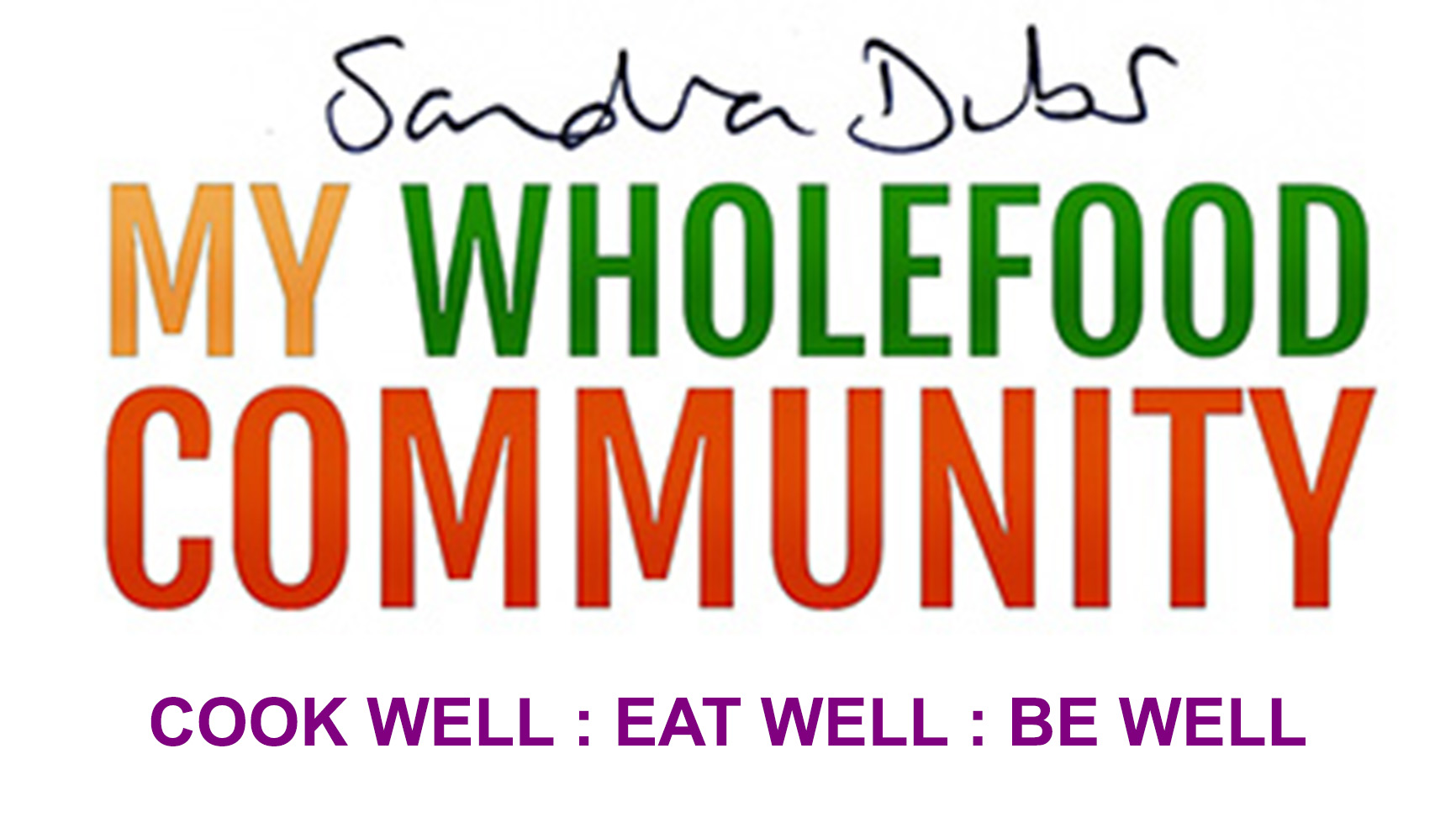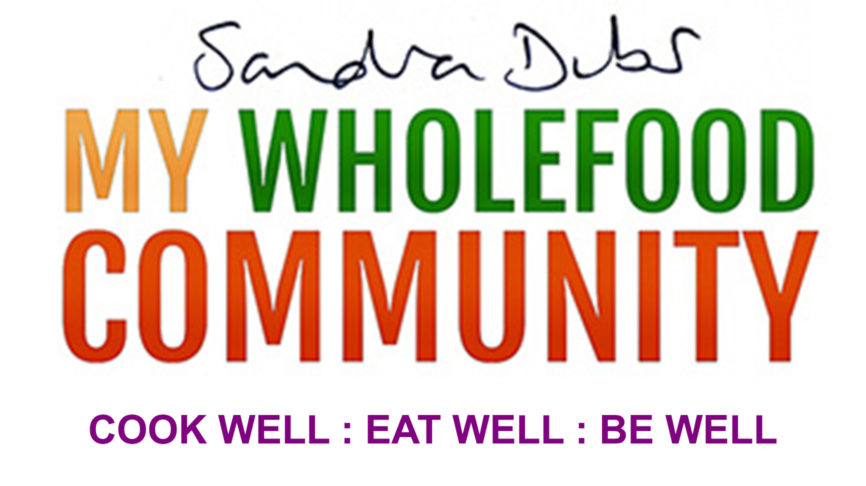Eat sushi in safety – Today Tonight – Channel 7 reporter: Jackie Quist April 26, 2005
One-third of sushi samples tested were found to contain dangerous bacteria. Here is some helpful information for making and eating safer sushi.
Sushi has become a regular part of our diet and nutritionists have hailed it as a quick and tasty healthy alternative to greasy fare.
Healthy, that is, as long as sushi is made according to the strict hygiene methods the Japanese perfected centuries ago. Put one foot wrong with sushi making and it can be very unsafe to eat.
For instance in Brisbane last year, 12 people were poisoned after eating sushi rolls from the same outlet. The rolls were contaminated with salmonella and some customers were sick for up to nine days.
Alongside master sushi chef Osamu Ito, nutritionist Sandra Dubs has taught the fine art of sushi-making for the last 20 years. She said poor hygiene practices were downright dangerous.
“I’ve seen people washing the raw fish under the tap and in that sink there might be prawn shells or other food items that they’ve rinsed before,” Ms Dubs said.
When they tested 55 sushi samples bought from 14 outlets, the Department of Health in Canberra found it didn’t take much to contaminate sushi.
One-third of the samples tested contained disease-causing bacteria, including E coli and the potentially deadly listeria.
[Safety tips for sushi eaters]
[Safety tips for sushi makers – NSW]
Victoria’s chief health officer Dr Robert Hall said it was possible to get diseases as serious as meningitis from listeria.
Listeria could also cause miscarriage, but despite the dangers the Victorian government has passed laws allowing sellers to display nori rolls out of the fridge for up to 12 hours. Nigiri pieces may be displayed for up to eight hours.
The government said the food was safe for consumption as long as it was kept at 15 degrees or less, and as long as the rice contained the right amount of vinegar.
The vinegar provided an acidic environment which discouraged the growth of harmful bacteria.
“We found that if you have sufficient amount of acidity, that provides very good control as well,” Dr Hall said. “So we were able to relax the temperature guidelines and replace them if you like with acidity guidelines.
Victoria’s legislation called for 110ml of vinegar to be added to every kilogram of rice, but did not mention the sugar added by most sushi makers.
“I know that the vinegared rice does actually help to preserve the raw fish,” nutritionist Sandra Dubs said. “But … often the sweetness is different so there’s no standard recipe, so how can you be sure you can keep it going, keep it out of the fridge for that long?”
Mr Ito said he only served freshly made sushi and always cooled his hands to 7 degrees Celsius before making sushi. His fish was kept at 5 degrees and his rice at 15 degrees.
“You also have to cool the rice to the right temperature before you mix it with raw fish because hot rice and raw fish can make you very ill,” Ms Dubs added.
Mr Ito’s rice was kept for two hours maximum before being thrown out. But he worried that smaller operators did not adhere to standards like these.
Nutritionists told Today Tonight it was best to frequent authentic sushi outlets where the standards of food hygiene and ingredient selection were high.
“Definitely if it’s a sushi business, then they know all about it, I’d buy it,” Ms Dubs said. “But if it’s a business that sells nori rolls [plus] a whole lot of other foods, sandwiches, I would be very wary.”


